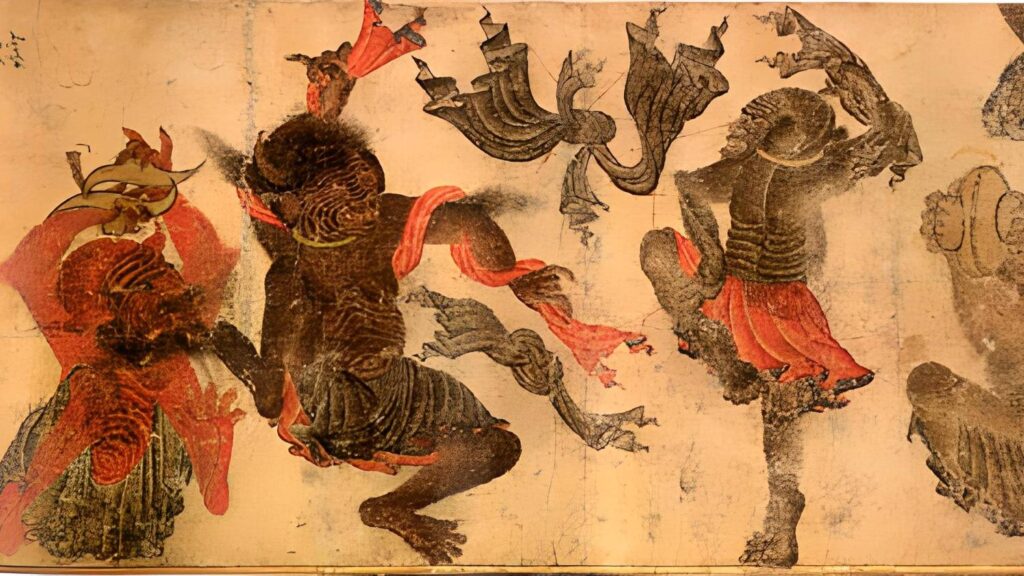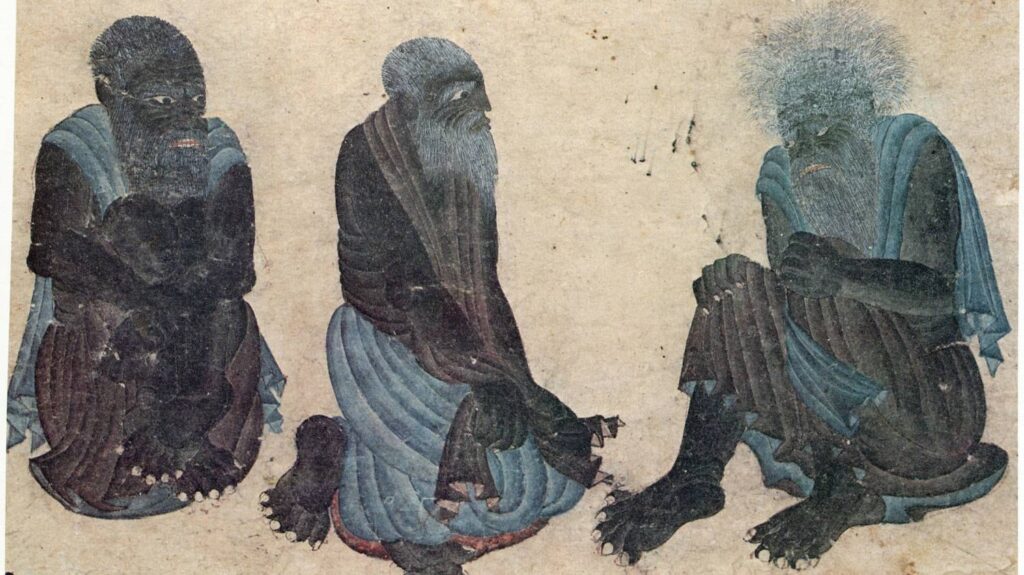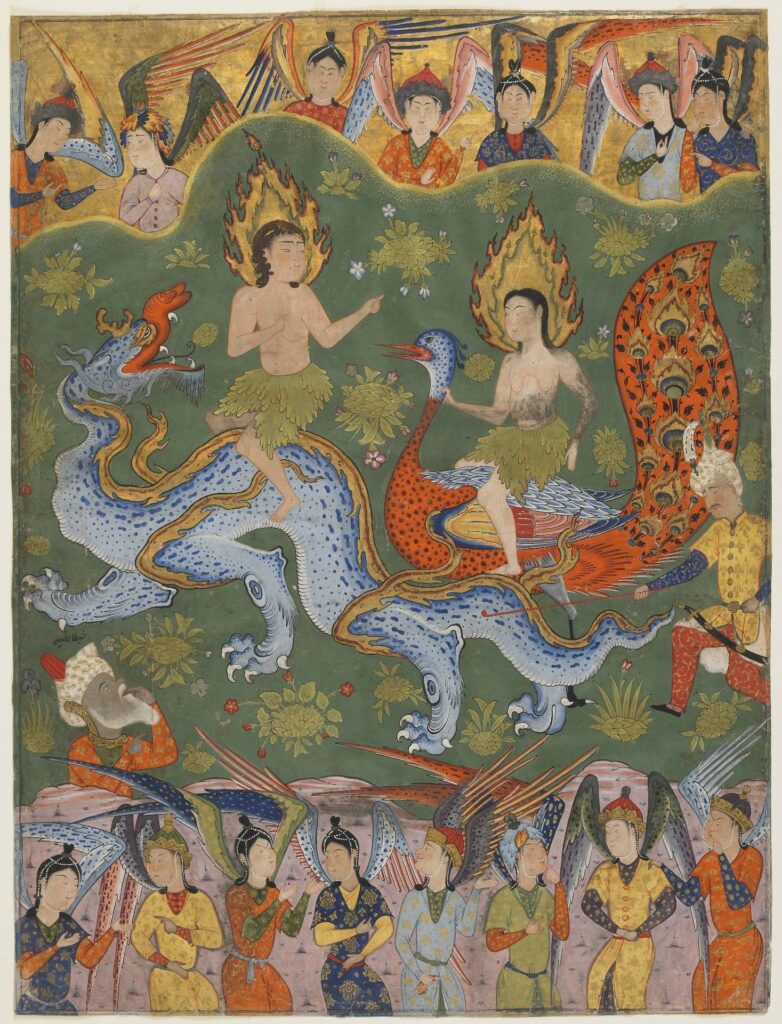
The Djinn have long captivated the human imagination, stirring wonder and curiosity across various cultures for centuries. These mystical entities, rooted deeply in the rich fabric of Middle Eastern mythology and Islamic tradition, still intrigue us today, weaving ancient tales with modern narratives. Join us on a journey to uncover the enigmatic world of the Djinn, delving into their origins, legends, and contemporary interpretations through the lenses of mythology, religion, and cultural evolution.
Origins and Mythological Roots
The Djinn trace their origins to ancient Arabian folklore, where they emerged as otherworldly beings inhabiting a realm parallel to our own. They had free will and abilities that were beyond the comprehension of mortals, according to Islamic tradition, because Allah created them from smokeless fire. While often portrayed as mischievous tricksters, Djinn are also depicted as wise and powerful entities capable of both good and ill deeds.
Throughout history, stories of encounters with Djinn have woven themselves into the fabric of storytelling traditions. From the timeless tales of the Arabian Nights to regional folklore across the Middle East and beyond, Djinn have been depicted as shape-shifters and wish-granters, albeit with a penchant for exacting a steep price. These stories serve as cautionary reminders of the dangers of meddling with forces beyond our comprehension.
In Islamic theology, Djinn feature prominently, mentioned repeatedly in the Quran and Hadiths. They are believed to inhabit unseen realms alongside angels and demons, serving as a test of human faith. While some Djinn are described as believers, others are seen as rebellious and malevolent, tempting humans toward wrongdoing. Seeking protection from harmful Djinn through faith and prayer is emphasized in Islamic teachings.
Beyond their mythical origins, Djinn hold significant sway over beliefs, rituals, and superstitions across diverse cultures. Many still practice rituals for protection against Djinn, ranging from recitations of sacred verses to the use of talismans and charms. Even in the modern era, belief in Djinn persists, with reported encounters and possessions sparking ongoing curiosity and debate.

Modern Interpretations and Popular Culture
In today’s society, the allure of the Djinn continues to inspire literature, film, and art. From fantasy novels delving into intricate Djinn societies to blockbuster films featuring them as formidable foes, their presence in modern media reflects their enduring appeal as symbols of mystery and power. Digital storytelling platforms have further fueled interest in Djinn mythology, fostering a resurgence of fascination with these ancient legends.
Beyond their mythical origins, belief in Djinn offers insights into human psychology and cultural anthropology. Psychologically, belief in supernatural beings like Djinn may serve as a coping mechanism for navigating uncertainty and adversity. Anthropologically, the widespread belief in Djinn across diverse cultures underscores the universal human quest for meaning and transcendence.

These tales serve as cautionary reminders of the perils associated with meddling in forces beyond human comprehension. They highlight lessons about greed, respect, and the unknown, encouraging audiences to approach such supernatural forces with caution. Moreover, the legends of Djinn reflect broader themes of moral integrity and the consequences of actions, reaffirming their place as enduring and multifaceted figures within folklore and mythology.
The enduring legacy of Djinn continues to captivate imaginations, featuring in contemporary literature, films, and even popular culture, where their mystique and enigmatic nature contribute to the rich tapestry of mythological storytelling.
POPULAR TODAY
Allegedly crafted with the artist’s own blood, it is said to bear the weight of a tragic past.
